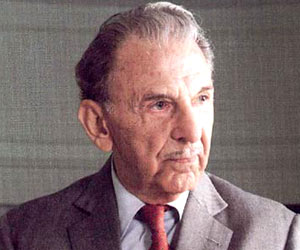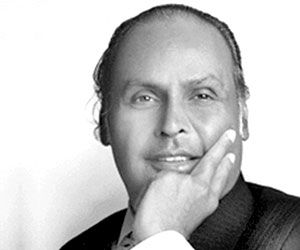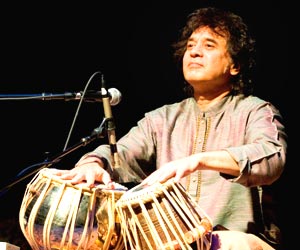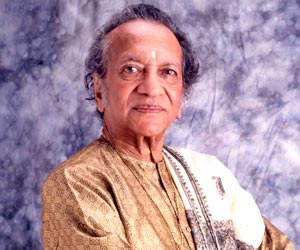Ronaldo
Ronaldo Luiz Nazário de Lima (b. September 22, 1976), simply known as Ronaldo, is a Brazilian footballer who is widely considered to be one of the best strikers of all time.
Ronaldo celebratingIn 1993, aged 16, Ronaldo had already scored 59 goals in 57 matches for Brazil's under 17 squad. By 1994 he had joined the squad of the national team, but didn't get to play a single minute on the pitch of the 1994 FIFA World Cup in the USA.
In 1996–1997, Ronaldo played arguably his best season, scoring numerous spectacular goals for FC Barcelona. One of them, a solo goal against Compostela, is considered one of the most amazing goals in football. Ronaldo celebrating
Chosen the World's best player in 1996 and 1997, he had a disappointing performance during the 1998 World Cup, scoring only 4 goals, and losing the final to host team France after suffering a mysterious fit in the night before. The fit's circumstances still remain unclear and a source of speculation.
He then moved to a club he considered more promising and more respected: Inter Milan. Fans all over the world jumped the bandwagon and supported the world's most glamorous footballer, receiving praise from the Italians all over. Ronaldo's fame grew as he was contantly in the action for the Italian juggernauts.
In April 1999, Ronaldo married Milene Domingues. The marriage lasted 4 years and ended in a divorce.
A year later, he severely injured his right knee and was out of the game for several months. During his first comeback in 2000, he managed to play a few minutes during a league game against Lazio before injuring his knee for a second time.
After 2 operations and 20 months of rehabilitation, Ronaldo managed a comeback during the 2002 FIFA World Cup. He claimed the Golden Boot by scoring 8 goals during the tournament (and tied with Pelé for a Brazilian record 12 total World Cup goals), leading Brazil to win an unprecedented fifth World Championship. In 2002, he was awarded the title of the World's best soccer player for the third time, and transferred from Inter Milan to Real Madrid after frequent disputes with current Inter Milan coach Hector Cuper.
On June 2, 2004, Ronaldo scored an unusual hat-trick for Brazil against archrivals Argentina in a CONMEBOL qualifier for the 2006 World Cup. He scored all of Brazil's goals in a 3-1 win via penalty kicks.
As of 2004, Ronaldo is still playing football, and is still considered one of the world's best strikers.
Teams and clubs
Brazil national football team
March 1994 -
Debut against Argentina
Social Ramos Club 1990/91
Sao Cristovao 1991-1993
Cruzeiro Belo Horizonte 1993/94
PSV Eindhoven 1994-1996
FC Barcelona 1996/97
Inter Milan 1997-2002
Real Madrid 2002-
Honors and awards
FIFA World Player of the Year: 1996, 1997, 2002
European Footballer of the Year: 1997, 2002
FIFA World Cup
2002 Golden Boot - 8 goals
2002 - Winner
1994 - Winner
UEFA Cup: 1998
Cup Winners' Cup: 1997
Dutch Cup: 1996
La Liga - Primera División champions: 2003















